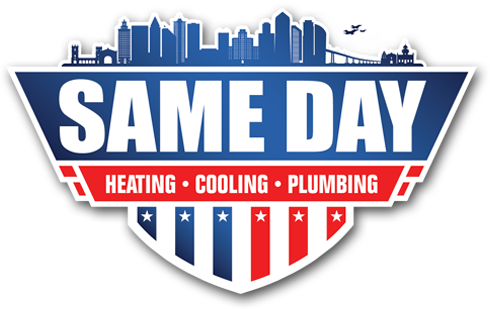Wildfires – How Do They Affect Your Home’s Indoor Air Quality?
According to research gathered in an article by NPR, wildfire smoke can easily enter your home, creating cardiac and respiratory problems, and making indoor air quality hazardous. Though you may think that staying indoors is the safest place to be during a wildfire, it often can be just as dangerous as being outdoors due to the deterioration of indoor air quality. So how do wildfires affect indoor air quality?
How does wildfire smoke get into your home?
According to the EPA, smoke and particles can find their way into your home through several different outlets.
- Natural Ventilation: This occurs when windows and doors are left open, allowing the smoke to enter.
- Mechanical Ventilation: This occurs with appliances such as bathroom or kitchen fans that vent to the outdoors or HVAC systems with a fresh air intake.
- Infiltration: This is the process through which smoke enters the home through small openings or cracks around doors and windows.
But how does this smoke from wildfires affect indoor air quality? The effects of wildfire smoke range from minor irritation to respiratory infections, reduced lung capacity, and death. Make sure you know how the toxins are entering your home.
Ways You Can Reduce Exposure and Improve IAQ
So, what can you do to reduce the risks involved with exposure and improve your indoor air quality? There are a number of beneficial steps that you can take to protect yourself and your family.
- Stay indoors with your doors and windows closed and use high efficiency filters on your air conditioning units if they have a fresh air intake. If you do not have access to high efficiency filters, turn your air conditioning units off and use fans to cool down.
- Do not add to indoor air pollution. Don’t use any wood burning, gas, or propane-based stove, fireplaces, or aerosol sprays. Avoid frying or broiling meat, smoking, and vacuuming.
- Use a properly sized, portable air cleaner.
- Use N95 masks.
- During periods of time when the air quality is improving, ventilate your home.
It can take weeks, even months for the air quality to improve in your area. Make sure you have enough supply of everything and are prepared with these steps for the long haul.
Setup a Clean Room
If you know that you aren’t going to be able to keep your entire house free of smoke and other pollutants, creating a clean room can be a viable strategy to staying safe. A clean room is a room in your house that is set up to keep levels of toxins and other particles and pollutants as low as possible.
So, how do you set up a clean room? According to the EPA, here are the steps that you can take.
- Choose a room in your home that is big enough to fit your entire family. For example, a bedroom with an attached bathroom works well, because you can keep the room sealed off for long periods of time.
- Do all you can to prevent smoke from entering the room.
- Run fans or air conditioners with filters to keep cool.
- Bring a portable air cleaner into the room with you.
- Spend as much time as possible inside the clean room.
Your indoor air quality is adversely affected by wildfire smoke because the particles can get trapped inside the house. Make sure that you are taking these steps if advised by your local authorities. If you feel your indoor air quality may be below standard, consult us today.
Works Cited:
